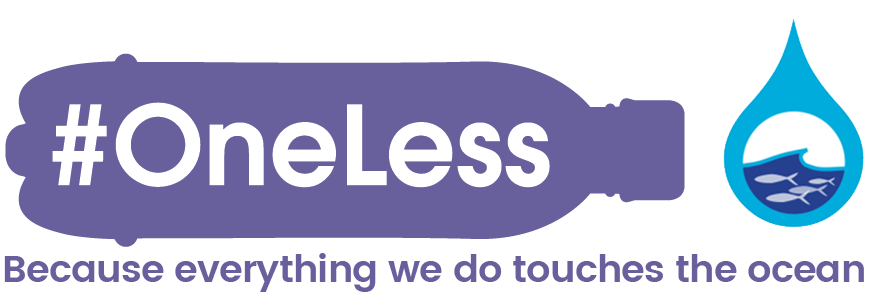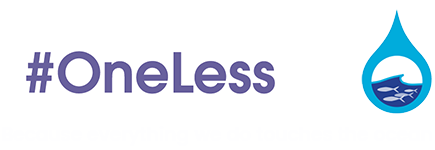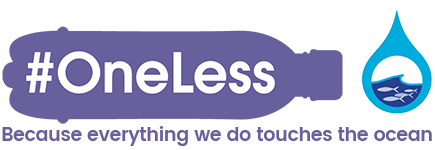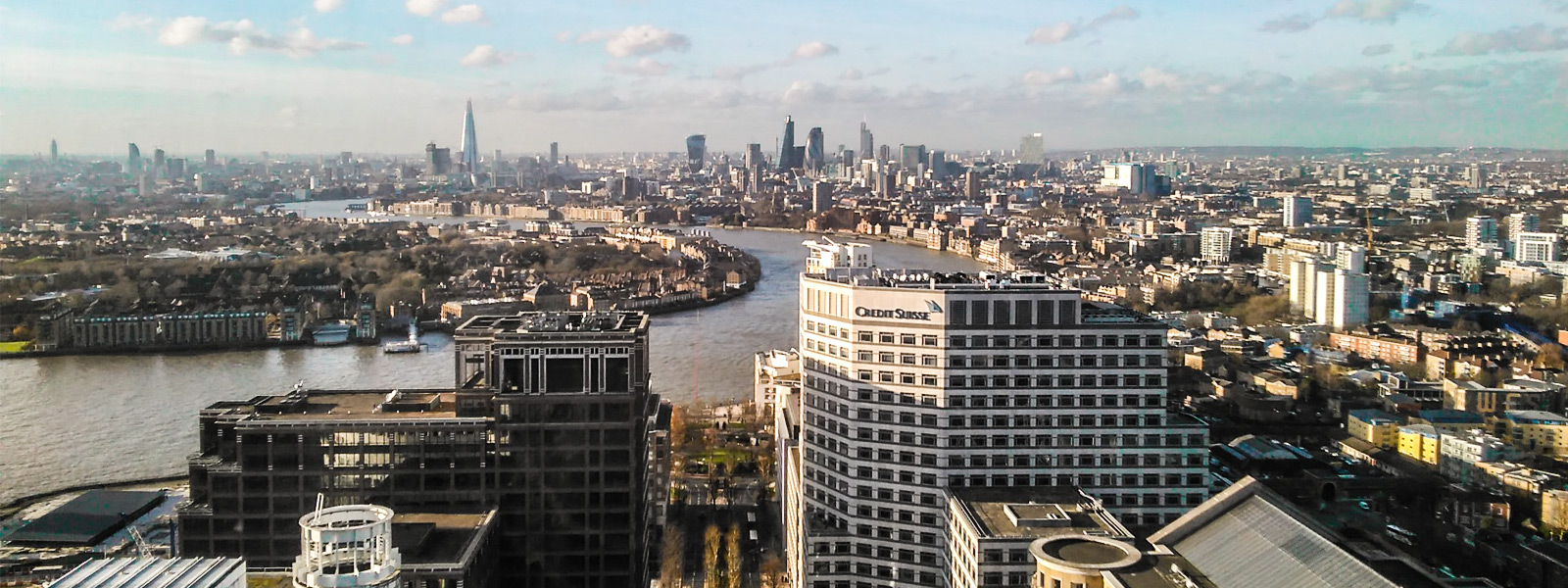London is a coastal city, linking us to the ocean via the tidal River Thames which flows 95 miles through the city from its tidal limit at Teddington in West London. Along its length many freshwater rivers drain into it, bringing water down from the upland areas of a vast river basin.
The River Thames built our city through maritime trade linking the UK to the rest of the world. The Thames remans a vital and vibrant working river, bustling daily with freight, passenger ferries, tourist ferries and recreational boats. Every day thousands of people walk along its banks sampling the many venues, attractions, cafes and restaurants or outside of the city centre finding tranquillity along the Thames Path and the foreshore mud-larking or simply watching the world go by. The Thames is equally vital for wildlife. It is home to the most nationally significant fish nursery areas in the North Sea and more than 300,000 birds that fly here from Africa for the winter. Over 125 species of fish call the Thames home, with many needing to use the river as a migration corridor travelling from the ocean to freshwater upstream as part of their life cycle. Marine mammals follow the fish in with two species of seal using the outer estuary as breeding grounds and harbour porpoise using the river to feed. Coastal communities in Essex and Kent rely on the Thames for tourism, commercial fisheries, renewable energy and its home to the second largest port in the country. Through this link to the ocean and the wealth of industry, heritage and community life it has brought, London has developed into one of the greatest cities in the world.
The capital’s population is expected to grow, on current projections, from today’s 8.6 million people to 10 million by 2035. With the current size and this expected growth comes equal pressure and challenges to the natural environment. Coupled with the threat from climate change, our mighty Thames is under immense pressure from development and pollution from all across the Greater London area and beyond. One highly visible and preventable pollutant is litter and every day the Thames delivers our litter to the ocean adding to the ever-increasing amount of litter from the around the world.
Every day, single use plastic water bottles are finding their way to the River and ultimately the ocean and because of the way the river moves, litter can stay in the river for up to three months constantly degrading from water and sediment erosion, sun exposure and saltwater effects. So, not just large pieces of litter which you can easily see, but also the tiny microplastic particles resulting from the plastic breaking down are also entering our ocean from the city. Recent studies show that 75% of fish sampled from the Thames have microplastics in their stomachs. Yet we are lucky to have arguably the best drinking water in the world supplied directly to us, everywhere we go. London doesn’t need to buy and drink water from single-use plastic bottles. All we need is the will and the infrastructure to support the refill revolution and much of it already exists.
#OneLess project partner, the Thames Estuary Partnership (TEP) is a neutral body advocating for the sustainable management and development of the Thames Estuary. We provide a framework for sustainability by convening around issues with a diverse array of stakeholders to address challenges and barriers while seeking sustainable solutions. With a strong network of over 6000 stakeholders including maritime industry, coastal engineers, urban developers, recreational groups, commercial fisheries, heritage, regulators, landowners, academia, schools and the general public, our mission is to connect people, ideas and the Thames landscape to drive social, economic and environmental improvement in the Thames Estuary.
TEP’s wide array of work streams support the delivery of the #OneLess campaign. We work closely with industry ( DP World London Gateway, Tideway) local government (Greater London Authority, Transport for London), regulators (Environment Agency, Port of London Authority , Thames Water), land owners (The Crown Estate), local Business Improvement Districts (Team London Bridge, Better Bankside, South Bank & Northbank BIDS), charities (Thames Festival Trust, Thames21) and many academic institutions (UCL, KCL, ICL, RhUL, NHM).
Specifically, TEP lead on the co-ordination and delivery of the #OneLess Thames Litter Monitoring Programme. Utilising our existing role of facilitator and secretary for the PLA’s Thames Litter Forum, we are working with various partners to implement a simple, science-based process for monitoring the impacts of the #OneLess campaign by gathering, analyzing, and presenting data on the source, pathways and fate of floating plastic litter in the Thames while also engaging citizen scientists in land based data collection and raising awareness of the link between Londoners, the Thames & the ocean.
TEP provides the opportunity to integrate #OneLess with other coastal initiatives throughout the UK through our role as Chair of the Coastal Partnerships Network and work on the North Thames Fisheries Local Action Group at Leigh-on-Sea.
We are committed to the refill revolution and will continue to work towards a London that is aware of its place as a gateway to the ocean, where all our individual activity impacts on and connects us to the ocean via the River Thames. Everything we do touches the ocean.







